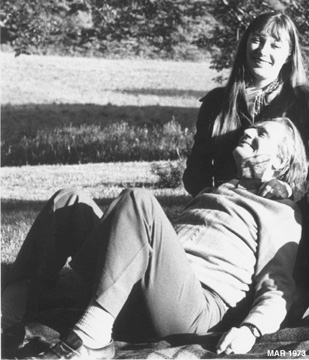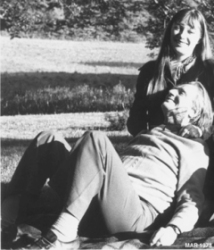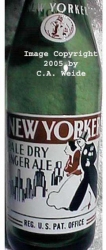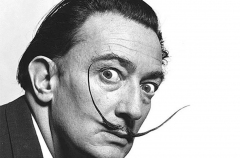
ATELIER 17 PARIS & NEW YORK
1927 – 1988
STANLEY WILLIAM HAYTER (1901 – 1988)
I have lots of friends and clients ask about what exactly is a print? An original print? What’s the difference between a print, a lithograph, an etching, an engraving, a dry point etching, an aquatint, an aquatint with Carborundum, a mixed media print, an “enhanced” print, a mezzotint, a wood engraving and now all the varieties of digital printmaking add to the confusion. What exactly is a giclee and how is it different from an original painting and so on and so forth. Dismayed? Don’t feel alone in this.
WHAT IS AN ETCHING OR ENGRAVING? Bear in mind, please, that this is a very simplified description. For more precise detail and videos etc, there is plenty of info online. First of all, an etching is a chemical process where the artist burns lines into a surface using acid. An engraving (developed in the 15th Century and lots of antiquarian books have “engraved plates”) is where the artist uses sharp tools to cut lines into a surface, usually copper, sometimes steel. Both methods involve drawing onto a metal plate. When the work is complete, the plate is inked and printed on paper.
Stanley William Hayter was a master printmaker and artist born in England in 1901 and died in Paris in 1988. In 1949 he published New Ways of Gravure with 25 diagrams and 100 illustrations on print making. In this book, he writes “Engraving, the act of incising a groove into some resistant material, is found as early as the first traces of human activity. Perhaps before speech had reached the point of development when it could actually impart command or describe experience, the scratching of lines into bone, horn and stone served as a means of communicating ideas and recording EXPERIENCE.” © New Ways of Gravure, Stanley William Hayter, Rutledge and Kegan Paul Limited, London 1949. (By the way, an EXCELLENT BOOK!)
He viewed printmaking not only as “reproduction” but as a form of artistic creation, forming Atelier 17 in 1927 in Paris. “…The artists of the atelier often worked directly on the plate and were constantly seeking new experiences and techniques.” © www.ateliercontrepoint.com. The artists of Atelier 17 included the likes of Jackson Pollock, Joan Miro, Wifredo Lam, Giacometti, Max Ernst, Philip Evergood, Leonora Fini, Taro Okamoto, Gabor Petredi, Yves Tanguy, Andre Vallon, Rufino Tamayo, Robert Motherwell, Marc Chagall, Isabel Bishop, Reginald Marsh, Mark Rothko and so on…the list is endless.
Hayter wrote that it (his book) differed in viewpoint from the traditional attitude towards the processes of gravure which normally emphasized reproduction but rather to creation of new works. He continues on page 19 of his book: “My own conviction is that engraving and the related techniques constitute a very valuable medium for original expression.” He expanded the concept of print-making from simply being a method of reproduction, notably the method of simultaneous color printmaking, an etching technique involving several colors on the same plate, offering artists increased possibilities for experimentation and innovation.” © www. ateliercontrepoint.com.
His work is absolutely amazing.




.jpeg)




.png)
Add new comment